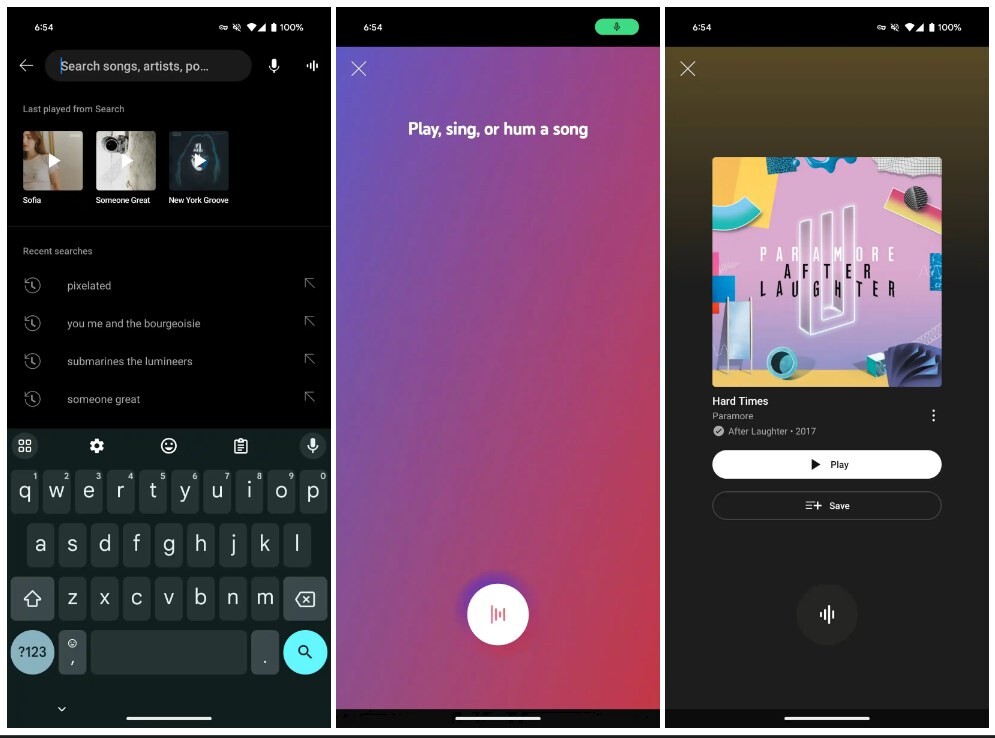Making Sense of Sounds: A Smarter Way to Search Audio

⚡ The Problem: Finding words in a Sea of Sound
Imagine trying to find a specific spoken word or phrase in a massive pile of audio recordings — like looking for a needle in a haystack that talks. That’s the challenge of Query-by-Example Spoken Term Detection (QbE-STD).
This technique lets you search an audio library using another audio clip as your query — no text involved.
But there’s a catch: Traditional methods like Dynamic Time Warping (DTW), while accurate, are slow and not very efficient when the dataset gets large.
⚡ The Game Changer: TF-IDF for Audio?
You’ve probably heard of TF-IDF in the world of text search — it ranks how important a word is in a document compared to a whole collection. Think of Google picking the right page when you search for something.
Now imagine applying that same logic — but to audio.
These researchers used a clever combo:
- Wav2Vec2.0, an AI model that turns speech into compact “audio words” (called tokens).
- Then they applied TF-IDF to rank and retrieve spoken segments, based on how “important” certain audio tokens are across the dataset.
The result? Fast, accurate, and language-agnostic audio search.
🔍 How It Works (Without Getting Too Geeky)
Here’s a simplified breakdown:
- Break it down: Use Wav2Vec2.0 to turn speech into sequences of audio tokens.
- Give it meaning: Use TF-IDF to score how unique each token is within the audio database.
- Match it up: When someone submits a query (a spoken word/phrase), it’s turned into tokens and matched against the database using cosine similarity — a fancy way of measuring closeness between two sets.
No need for manually labeled data or training for specific languages. It just works.
📊 Does It Really Perform Better?
Yes — and not just by a little.
Across both Hindi and English datasets, this TF-IDF method:
- Was faster than DTW.
- Had higher accuracy (Mean Average Precision of 0.55 in English, 0.69 in Hindi — nearly double what DTW scored).
- Handled short queries better, even in noisy environments.
It even beat another modern method using Bag of Acoustic Words (BoAW + DTW).
| Metric | English (TF-IDF) | English (DTW) | Hindi (TF-IDF) | Hindi (DTW) |
| MAP | 0.55 | 0.24 | 0.69 | 0.36 |
| ATWV | 0.55 | 0.33 | 0.62 | 0.36 |
| MRR | 0.35 | 0.14 | 0.41 | 0.20 |
🌍 Why This Matters
- Low-resource languages: You can search audio in languages that don’t have good speech recognition tools.
- Faster archives: Think podcasts, radio archives, surveillance — anywhere there’s lots of unlabelled speech.
- Better accessibility: This helps in building tools for spoken content navigation and accessibility without heavy annotation.
🔮 What’s Next?
The paper hints at exciting future work — like tighter integration with audio tokenization models and applying this to even more languages. The code’s already open-source on GitHub, so developers can start building with it.
🎙️ TL;DR: Turning Speech into Searchable Sound
This study shows that by combining modern speech modeling (Wav2Vec2.0) with an old-school NLP trick (TF-IDF), we can make spoken term detection faster, smarter, and more inclusive — a big step forward in making audio truly searchable.


